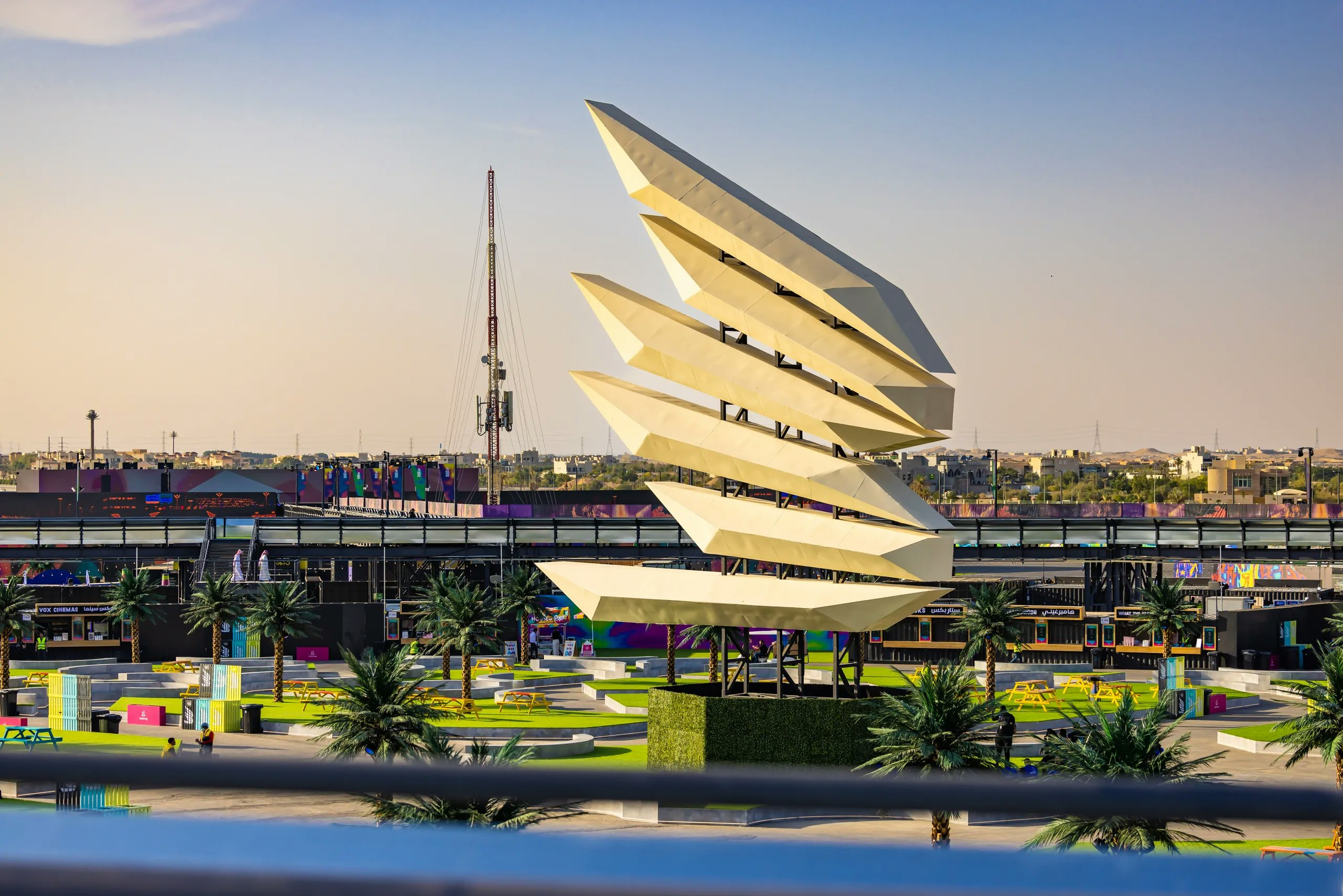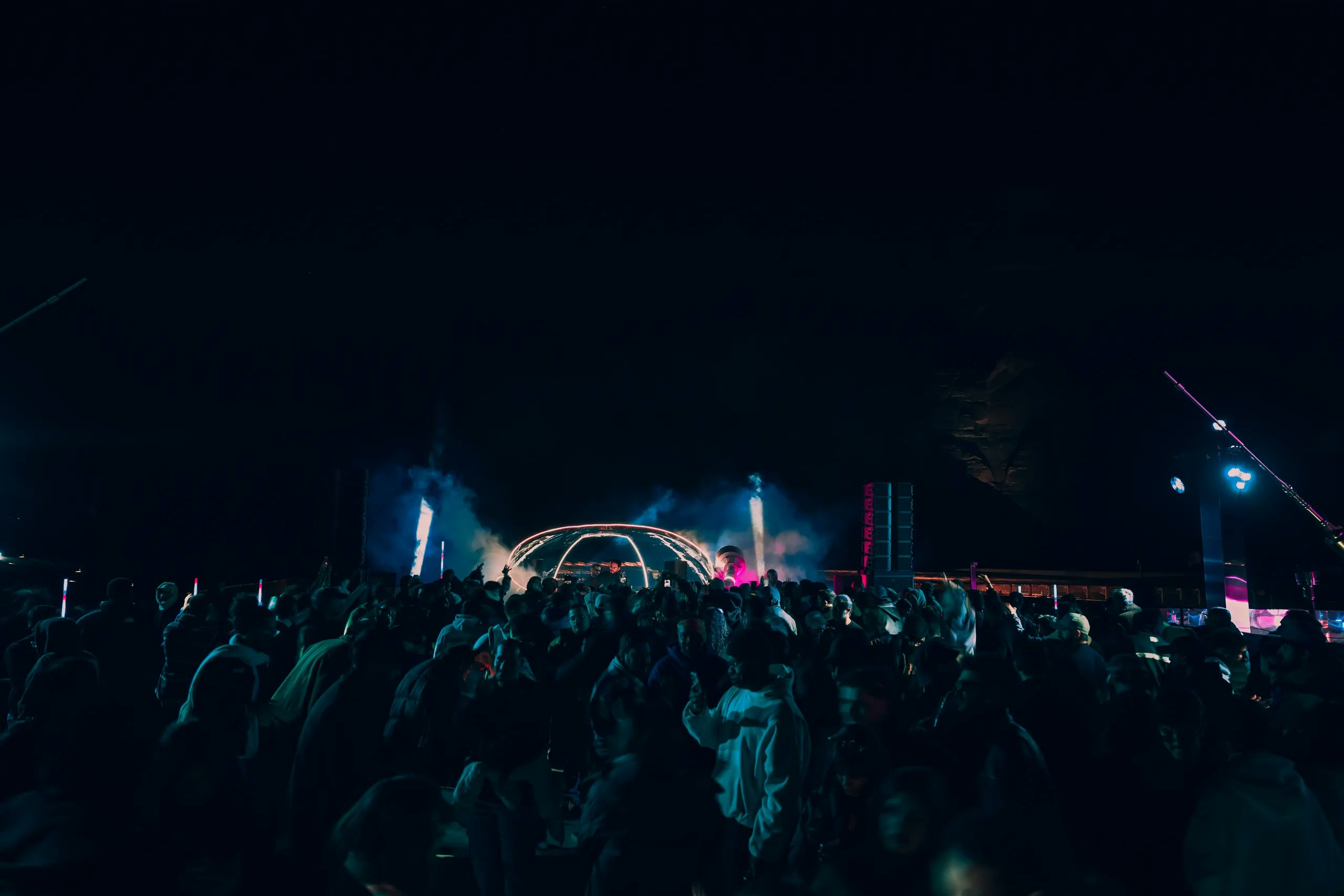

A Journey Through the World of Arabic Music Instruments
By MDLBEAST
September 10 2023
A Journey Through the World of Arabic Music Instruments
By MDLBEAST
September 10 2023
Arabic music is distinguished by the alluring sounds of traditional instruments from the region, which contribute to its rich cultural legacy and distinctive melodies. The world of Arabic musical instruments has an affluent history, and in this article, we dive into it.
Arabic musical instruments represent the region's rich cultural legacy and influence the music's melodies and rhythms. Through the decades, these instruments have carried the legends and customs of Arab communities, and their relevance in contemporary Arabic music stands strong until this day. Contemporary Arab musicians like those who appear in the region’s leading music conference connecting musicians and entrepreneurs, XP Music Futures conference, hold traditions of showcasing these time-honored traditions.
From the soulful tones of the Arabic violin to the melodious songs of the Oud, and the melancholy melodies of the Arabic flute, we showcase the heritage of these instruments.
The Violin
Arabic music's most easily recognized instrument is the kamancheh, or Arabic violin. The Arabic violin's appealing sound adds heart to performances, with its bowl-shaped body and resonating membrane producing a warm tone.
The kamancheh is a traditional bowed string instrument that originated in ancient Persia, and it has been an integral part of Persian classical music for centuries. These instruments were first made of wood, coconut shells, or gourds covered in animal hide. Arabs later borrowed elements of the kamancheh (shortened to 4–5 strings and a polished bow) and elements of the Western classical violin to create the Arabic violin.
Sami al-Shawwa's fingerboard and bridge updated the Arabic violin's sound and playability.
The Arabic violin's warm tone enables players to express joy and grief. Its melodic and expressive features are ideal for recording Arabic maqamat and ornamentations.
Cultural exchange and musical growth shaped the Arabic violin. From its origins in Persia to its adaptation and evolution in the Arab world, the instrument has become a vital part of Arab musical traditions, representing the soul and spirit of the region's rich musical legacy.
The Oud
The Arabic oud instrument, a long-played stringed device, is another essential component of Arabic music. Deep and mellow tones make up the oud's distinctive, melancholy sound. The oud's fretless neck and pear-shaped body enable complex melodic improvisations and voluminous harmonies, and the instrument's ancient origins give it an important place in the Arab musical legacy.
The Flute
Among all the Arabic music instruments, a reed instrument with a special place in the hearts of artists and listeners is the Arabic flute or nay. The nay, made of bamboo or reed, creates eerie sounds that inspire longing and nostalgia. By blowing air into the flute and adjusting the finger holes to create different pitches, it produces its distinctive sound. The nay, which gives songs a characteristic atmospheric aspect, is frequently connected to traditional Arabic music and is often used by contemporary Arab artists today.
The Quan, the Goblet Drum, and the Rababa
The world of Arabic musical instruments offers a wide range of other fascinating, lesser-known possibilities besides these well-known instruments. For instance, the qanun, a plucked instrument resembling a zither, adds to the harmonic foundation of Arabic music. Small plectra are used to pluck its many strings, producing a rich and resonant sound.
The goblet drum, usually called the darbuka, is a typical percussion instrument in Arabic music. It is a key component in Arabic rhythm sections due to its unusual goblet form and wide tone range. Many Arabic compositions' rhythmic patterns (like those that appear in one of the biggest music festivals in the Middle East, Soundstorm) come from the darbuka, whose contagious energy captivates audiences.
Another prominent Arabic musical instrument is the rababa, a classic bowed instrument. The rababa gives performances a raw and traditional flavor because of its peculiar sound and charming rustic appearance. It’s frequently played in traditional and rural settings, giving the music a rustic feel.
-
Arabic music instruments have recently seen a rise in popularity, both in the Arab realm and internationally. Contemporary musicians and aficionados (such as those signed to the region’s leading record label for up-and-coming artists, MDLBEAST) are rediscovering these instruments' beauty and distinctive traits, blending them into modern compositions, and venturing into uncharted musical territory. Arabic music has undergone fascinating and innovative changes due to this fusion of traditional and contemporary sounds.
Investigating the world of Arabic musical instruments brings you a rich world of sound discovery, regardless of whether you are a musician, a music enthusiast, or simply inquisitive about other cultures. A diverse range of instruments, including the Arabic violin, oud, lute, qanun, darbuka, and rababa, provide a rich tapestry of sounds that capture the essence of Arab musical traditions.
Share this


